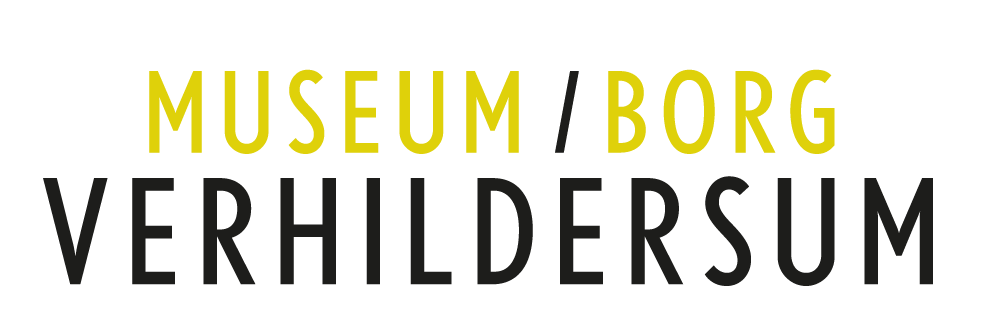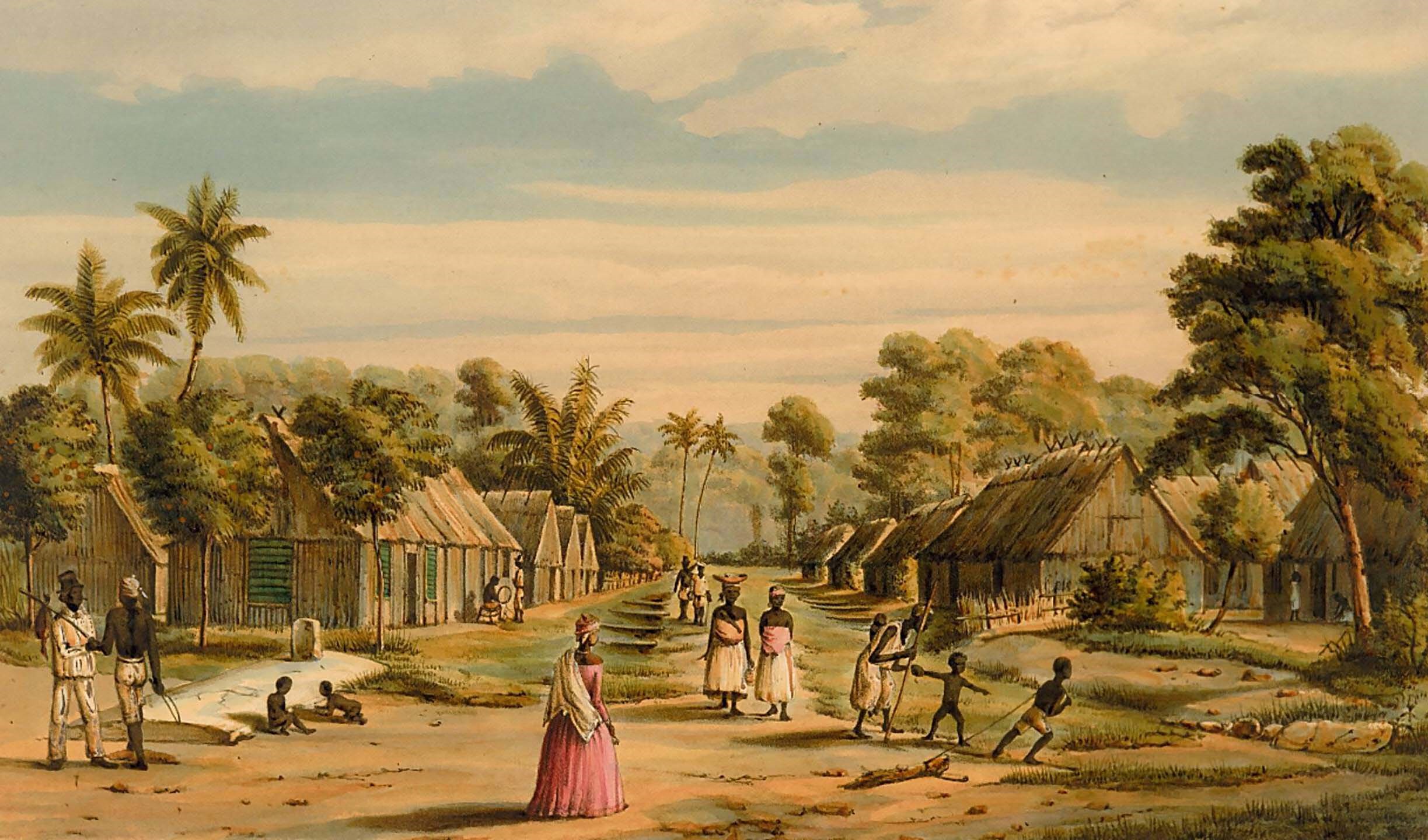History of slavery in Groningen
How was Groningen involved in slavery? What traces of the history of slavery can you see? What effects are still visible in society today?
During the cultural manifestation Bitterzoet Erfgoed, these questions are central. Museums, heritage institutions, cultural and educational organisations from the city and province of Groningen will devote attention to Groningen's history of slavery in 2022.
Line ship "De Verhildersum" link to slavery past
Underneath the quarters in the hall of Borg Verhildersum hangs a copy of a drawing of the line ship "De Verhildersum". The drawing was made by the famous painter of seascapes Willem van de Velde the Younger. The original hangs in the National Maritime Museum in Greenwich. On the occasion of the Bittersweet Heritage event, the story of slavery that accompanies this painting has been developed into an extra theme as part of the webapp Verhildersum To Go. Come to the borg and scan the QR Code at the painting for the complete story. Or take a look at it here, then you will be well prepared and can take a closer look at the Verhildersum drawing in the borg and enjoy the atmosphere.
In 1655 a warship of the admiralty in Amsterdam was named after Verhildersum. This was probably because Allard Tjarda van Starkenborgh (1620-1673, Lord of Verhildersum) was on the board of the Admiralty of Amsterdam. The Verhildersum borg was painted on the stern of the ship. This is the oldest known depiction of Verhildersum. The ship took part in several sea wars. Some of her expeditions were aimed at strengthening the position of the West Indies Company against the Portuguese and the English. The most famous of these is the Second English Sea War from 1655 to 1667. In that last year the Verhildersum went down in the Battle of Chatham, where the Dutch fleet sailed up the Thames and destroyed a large number of English ships.
Lambert Tjarda van Starkenborgh and the West India Company
Around 1631 bailiff Lambert Tjarda van Starkenborgh (1592-1646), father of Allard Tjarda van Starkenborgh, was elected administrator of Stad en Lande Kamer van de West Indische Compagnie. In 1643 he invested 6,000 guilders in the Groningen Chamber. He was also a shareholder in the Amsterdam Chamber. This share remained in the family for a long time, but later generations were not aware of it. Therefore, Lambert's relatives did not receive a penny during the dividend distributions at the end of the 18th century. It is not clear what happened to these shares.
The West India Company department Groningen and slavery
A year after the foundation of the West India Company (WIC) in 1621, the Stad en Lande (City and Country Chamber) was founded in Groningen. This chamber was the Groningen department within the WIC.
Despite the internal division, the Stad en Lande Chamber was given a guiding role in the transatlantic slave trade and in slavery in the colonies. Part of the wealth of the owners of Verhildersum and de Starkenborgh - the now defunct borg that the family owned in Wehe den Hoorn - therefore came from profits on the slave trade.

